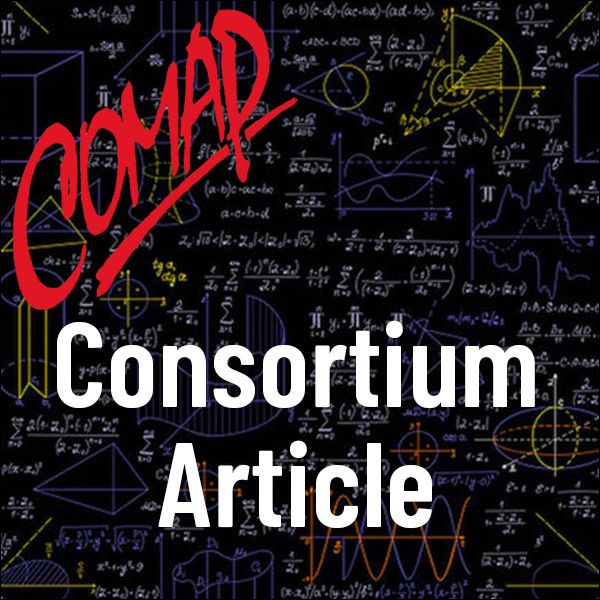Apportionment: Measuring Unfairness
Author: Daniel Teague, Floyd Bullard
Every ten years when the census is taken, the federal government rearranges or reapportions the delegates in the House of Representatives. This reapportionment is designed to give equal representation by assuring that all districts with the same population get equal numbers of representatives. After the 2000 census, the state of Utah sued the federal government arguing that it should be given the delegate that went to the state of North Carolina. What mathematics is behind the apportionment of the House of Representatives, and did Utah have a case?
Before we begin, let's consider developing our own methods of apportionment. Suppose there is a township with 5 districts and a total population of 20,000.
If the governing body has 20 delegates, how should these delegates be apportioned to the districts? Give this problem to your students and have them apportion the 20 delegates as "fairly" as possible.

Mathematics Topics:
Application Areas:
You must have a Full Membership to download this resource.
If you're already a member, login here.